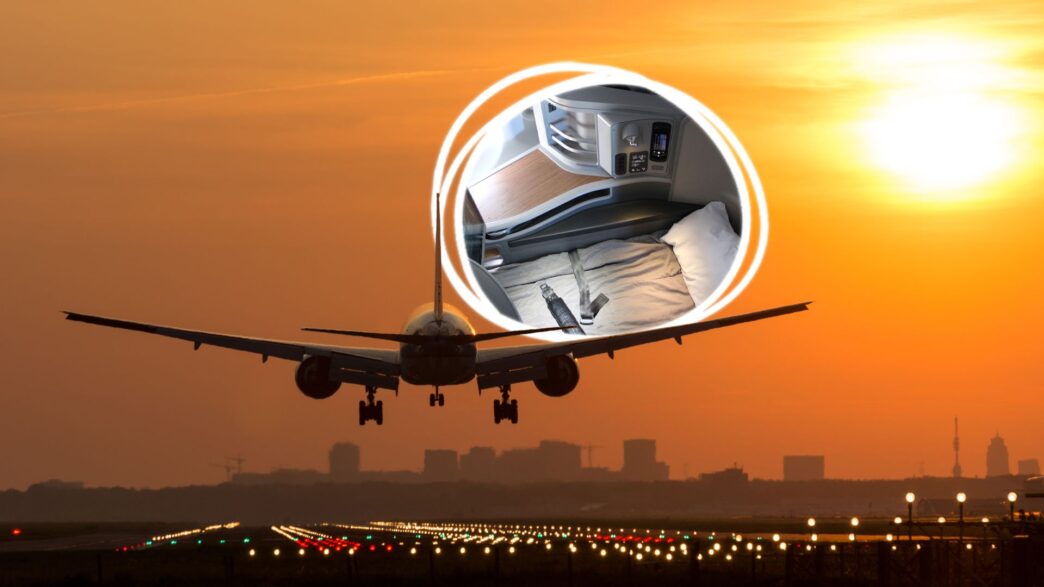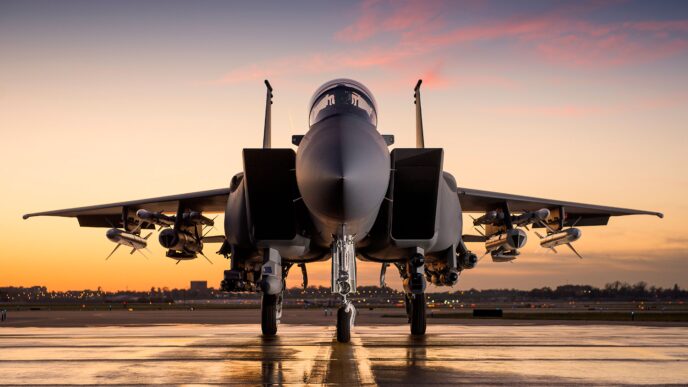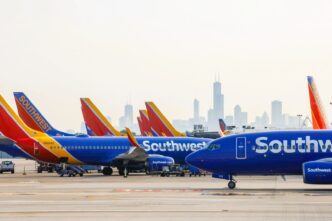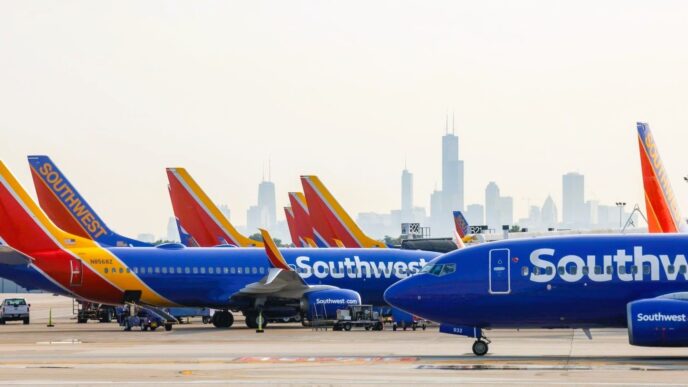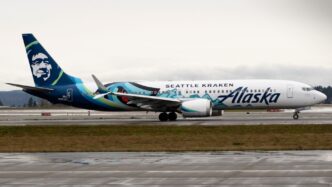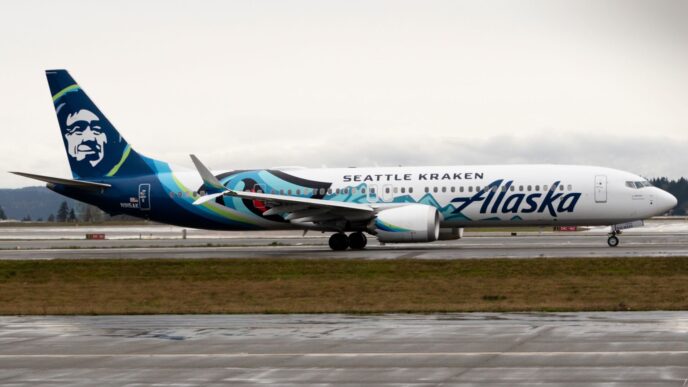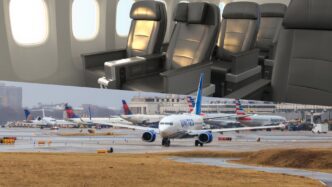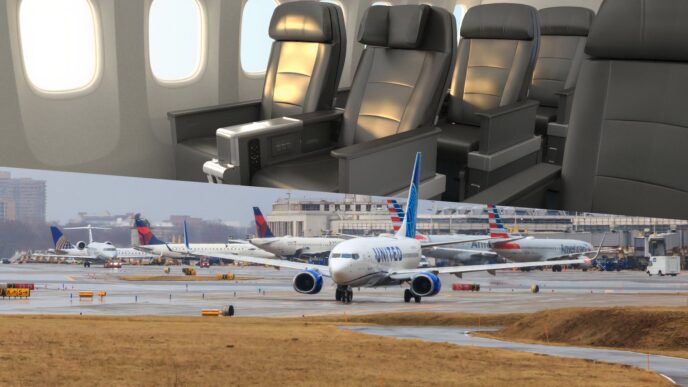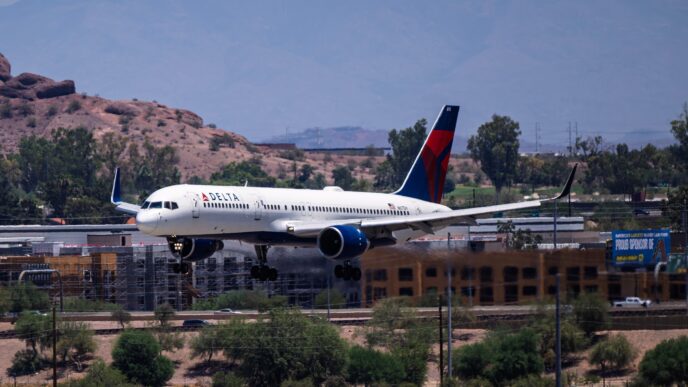Why Does This Question Matter?
First class has long been synonymous with the ultimate in luxury air travel, second only to the exclusivity of a private jet. Traditionally, international first class cabins offered passengers lie-flat suites, gourmet dining, and top-notch service. However, if you’ve been flying from the United States, you might have noticed that most major US airlines no longer offer this premium experience. So, why has international first class disappeared from US carriers, and what does this shift reveal about the evolving landscape of air travel? In this article, we’ll explore the reasons behind the decline of international first class among US airlines and the broader trend affecting carriers worldwide. We’ll delve into the economic factors influencing these decisions, the rise of business class as a viable alternative, and why American Airlines remains the last US airline to offer international first class with its “Flagship First” service.
The Short Answer
Most US airlines have phased out or never introduced international first class because business class has evolved to offer a similar luxury experience at a lower cost and with greater efficiency. The demand for ultra-premium travel in the US market isn’t substantial enough to justify maintaining first class on long-haul international routes. American Airlines is currently the only US airline still offering it, but even that might not last indefinitely. Airlines like Delta Air Lines and United Airlines have shifted their focus to premium business class cabins, which feature lie-flat seats, private suites, and high-end amenities. This shift reflects a broader trend in the airline industry, especially in North America, where the economics and market demand no longer support traditional first class. As noted by Thrillist, the modern business class experience has increasingly “blurred the lines” with first class, offering features like flat beds and sliding privacy doors that were once exclusive to first class. Consequently, airlines are investing in more spacious and private business class seats rather than dedicating cabin space to a product with limited demand.
Other Influencing Factors
When airlines decide whether to keep or eliminate first class, they consider various factors such as cost, demand, market trends, and even brand prestige. For many US airlines, the numbers simply don’t add up in favor of maintaining first class. One significant factor is the cost-to-revenue ratio. First class seats are costly to install, occupy more cabin space, and often aren’t filled to capacity, making them less economically viable. Additionally, the rise of business class, with its enhanced features and services, has made it a more attractive option for both airlines and passengers. As a result, airlines are prioritizing investments in business class, which offers a similar level of luxury without the high costs associated with first class.
#AirTravel #FirstClass #BusinessClass #AviationTrends #LuxuryTravel
Originally reported by Simple Flying Read More

